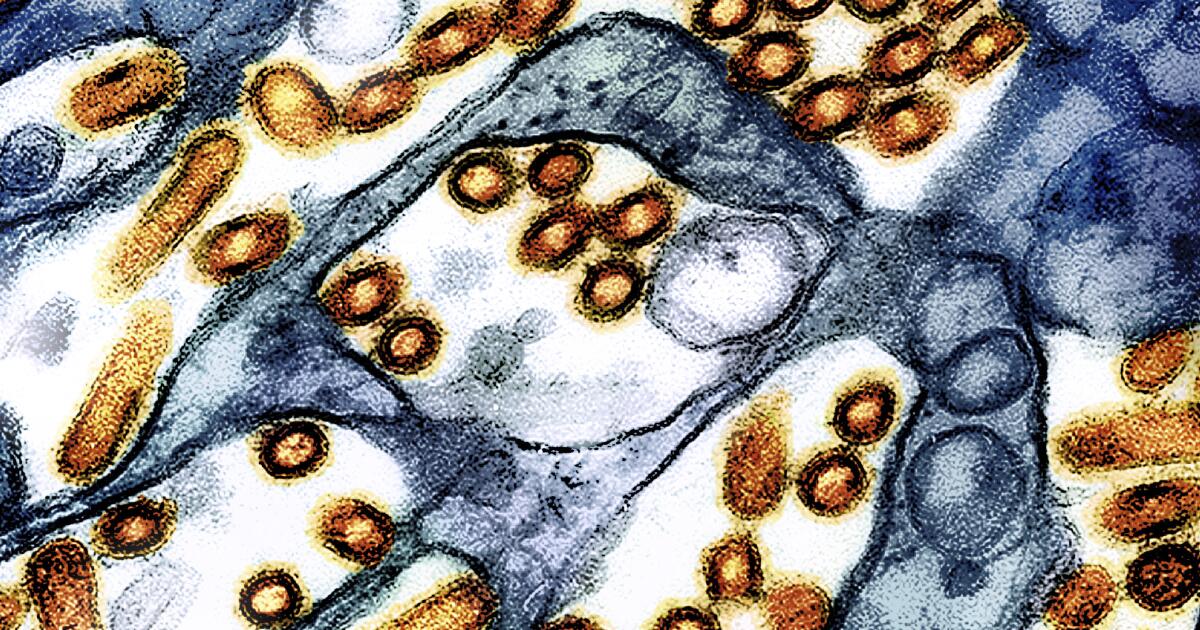Why Current Testing is Not Good Enough
As the H5N1 bird flu virus continues to spread throughout California’s dairy herds and commercial poultry flocks, a Central Valley state official is raising concern about the lack of wastewater surveillance in the region.
The Fight to Improve the System
State Sen. Melissa Hurtado (D-Sanger) has been frustrated by what she says are gaps in tracking the bird flu’s spread in the Central Valley, where many of the state’s most vulnerable people – dairy and poultry workers – live and work.
What We Could Learn from Bird Flu Surveillance if We Were Doing It Right
Finding bird flu in wastewater does not necessarily mean there is a human outbreak of the virus. Unlike COVID-19, mpox or seasonal influenza – which, when found in wastewater, indicate human infections – positive samples of bird flu could be from a variety of sources, including pasteurized milk.
The Personal Experience
Hurtado’s personal experience has driven her to push the state for answers on tracking the virus’ spread. She has asked the state’s health department about the lack of Central Valley testing, but she said she hasn’t gotten a clear response.
The Struggle to Contain the Disease
The virus is evolving quickly, and without full participation in surveillance and testing programs, coupled with full and timely transparency, we will always be behind the virus. Our ability to get in front of it will be hampered without full collaboration and cooperation at federal, state, local, and community levels.
Conclusion
The lack of wastewater surveillance in the Central Valley is a major blind spot in the state’s surveillance system, and it is crucial that we address this issue to better track the spread of the bird flu virus. As Sen. Hurtado has pointed out, we need to improve our surveillance programs to include high-risk communities and provide more comprehensive testing for individuals at risk.
FAQs
Q: Why is wastewater surveillance important in tracking the spread of the bird flu virus?
A: Wastewater surveillance helps public health officials track a virus’ spread and detect outbreaks early, allowing for more effective containment and response.
Q: Why is the lack of wastewater surveillance in the Central Valley a concern?
A: The Central Valley is home to many dairy and poultry workers, who are at high risk of contracting the bird flu virus. The lack of wastewater surveillance in this region makes it difficult to track the spread of the virus and provide effective support to those affected.
Q: What is the current state of testing for the bird flu virus in California?
A: As of December 30, 37 people in California have tested positive for H5N1, all but one of whom was a dairy worker. Over two-thirds of the state’s dairy herds – 697 – have been infected, as well as 93 commercial or backyard poultry flocks, accounting for nearly 22 million birds.
Q: What is the state doing to address the lack of wastewater surveillance in the Central Valley?
A: The state has acknowledged the issue, but it is unclear what steps are being taken to address it. Sen. Hurtado has proposed legislation to expand the state’s wastewater surveillance program to include sites in underserved and high-risk communities in rural areas.


